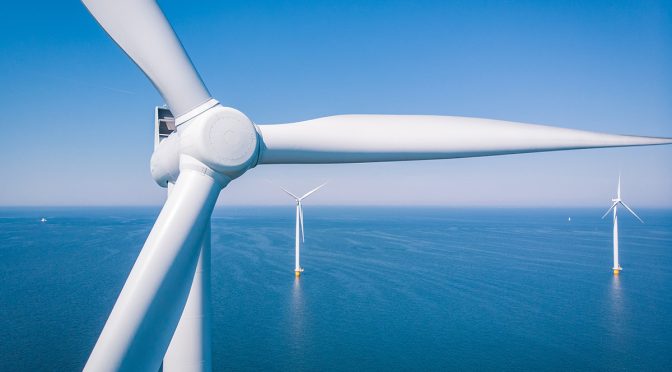The winds of change are blowing in the world of renewable energy, and the latest breakthroughs in turbine technology are set to revolutionize the way we harness the power of the wind. As concerns over climate change and the need for sustainable energy sources continue to grow, the demand for innovative solutions to generate clean, renewable power has never been greater. In response to this challenge, researchers and engineers around the globe are developing cutting-edge turbine designs that promise to increase efficiency, reduce costs, and minimize the environmental impact of wind energy production.
One of the most significant advancements in turbine technology is the development of larger, more powerful turbines. As the size of a wind turbine increases, so does its capacity to generate electricity. In recent years, the average size of onshore wind turbines has grown from around 50 meters in rotor diameter to over 150 meters, with some offshore turbines boasting rotor diameters of up to 220 meters. This increase in size has allowed for a substantial boost in energy output, with modern turbines capable of producing up to 15 megawatts (MW) of power – enough to supply electricity to around 15,000 homes.
Another major breakthrough in turbine technology is the shift towards gearless, or direct-drive, systems. Traditional wind turbines rely on a complex system of gears to convert the rotational energy of the rotor into electricity. However, these gearboxes are prone to mechanical failure and require regular maintenance, which can be both costly and time-consuming. In contrast, direct-drive turbines eliminate the need for a gearbox by connecting the rotor directly to the generator, resulting in a more reliable and efficient system with fewer moving parts. This innovative design not only reduces maintenance costs but also increases the lifespan of the turbine, making it a more attractive option for investors and energy providers alike.
In addition to these advancements in turbine design, researchers are also exploring new materials and manufacturing techniques to further improve the performance and durability of wind turbines. One promising area of research is the development of advanced composite materials that are both lighter and stronger than traditional materials used in turbine construction. By reducing the weight of turbine components, these advanced materials can help to increase efficiency and reduce the wear and tear on moving parts, ultimately extending the life of the turbine and reducing maintenance costs.
Another exciting development in turbine technology is the emergence of airborne wind energy systems. These innovative designs seek to harness the power of high-altitude winds, which are both stronger and more consistent than those found at ground level. By utilizing tethered kites, balloons, or other airborne devices to lift turbines high into the atmosphere, these systems have the potential to generate significantly more power than traditional ground-based turbines. While still in the early stages of development, airborne wind energy systems represent a promising new frontier in renewable energy production.
As the global demand for clean, renewable energy continues to grow, the latest breakthroughs in turbine technology are set to play a crucial role in meeting this challenge. By developing larger, more efficient turbines, embracing innovative designs such as direct-drive systems and airborne wind energy, and exploring new materials and manufacturing techniques, researchers and engineers are pushing the boundaries of what is possible in wind energy production. These advancements not only promise to increase the efficiency and reduce the costs of wind power but also help to minimize the environmental impact of this vital renewable energy source. As the winds of change continue to blow, the future of turbine technology looks brighter than ever.


